The wait is over: our first-ever batch of factory-produced uECGs and base stations is here! The package arrived on Monday after spending several days in customs, with assembled devices packed into neat little bubble wraps:

After unwrapping one of the packages, we were in for a shock: never before have we seen one of our assembled devices with perfect soldering, properly-aligned components and no trace of flux. And, as we've soon confirmed after breaking out the pogo pins, they even worked! (by comparison, a manually-assembled uECG requires, on average, 2-3 rounds of resoldering before all the tricky chips work properly)
Here's how they look now:
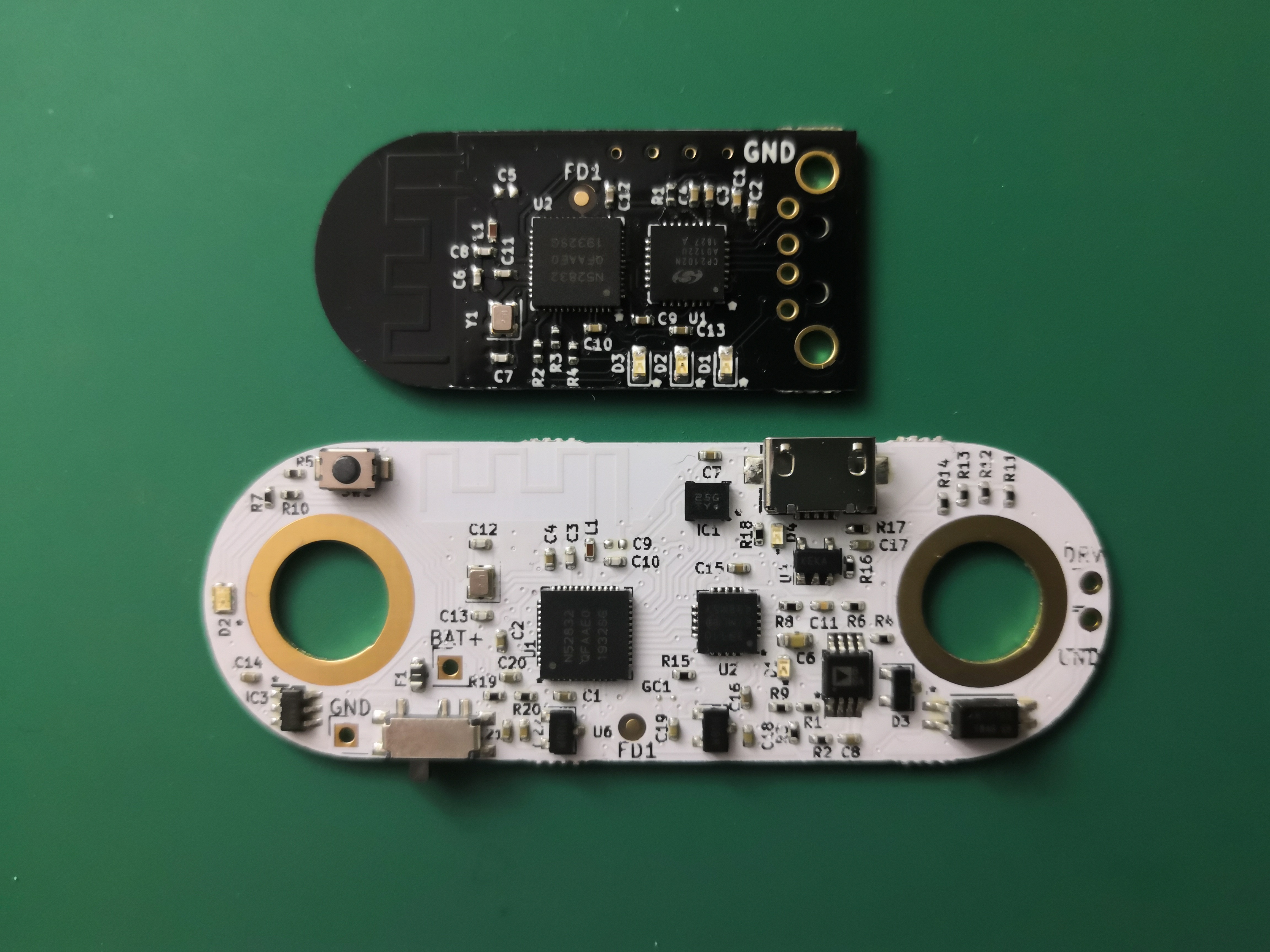
We also never tried pogo pins before, but now that we did, no more soldering wires every time we upload firmware! Only drawback is, you have to hold them down to the board while you're doing it, like this:


We also tested our latest 3D-printed case version, which aids with the holding down by adding holes for the pogo pins:
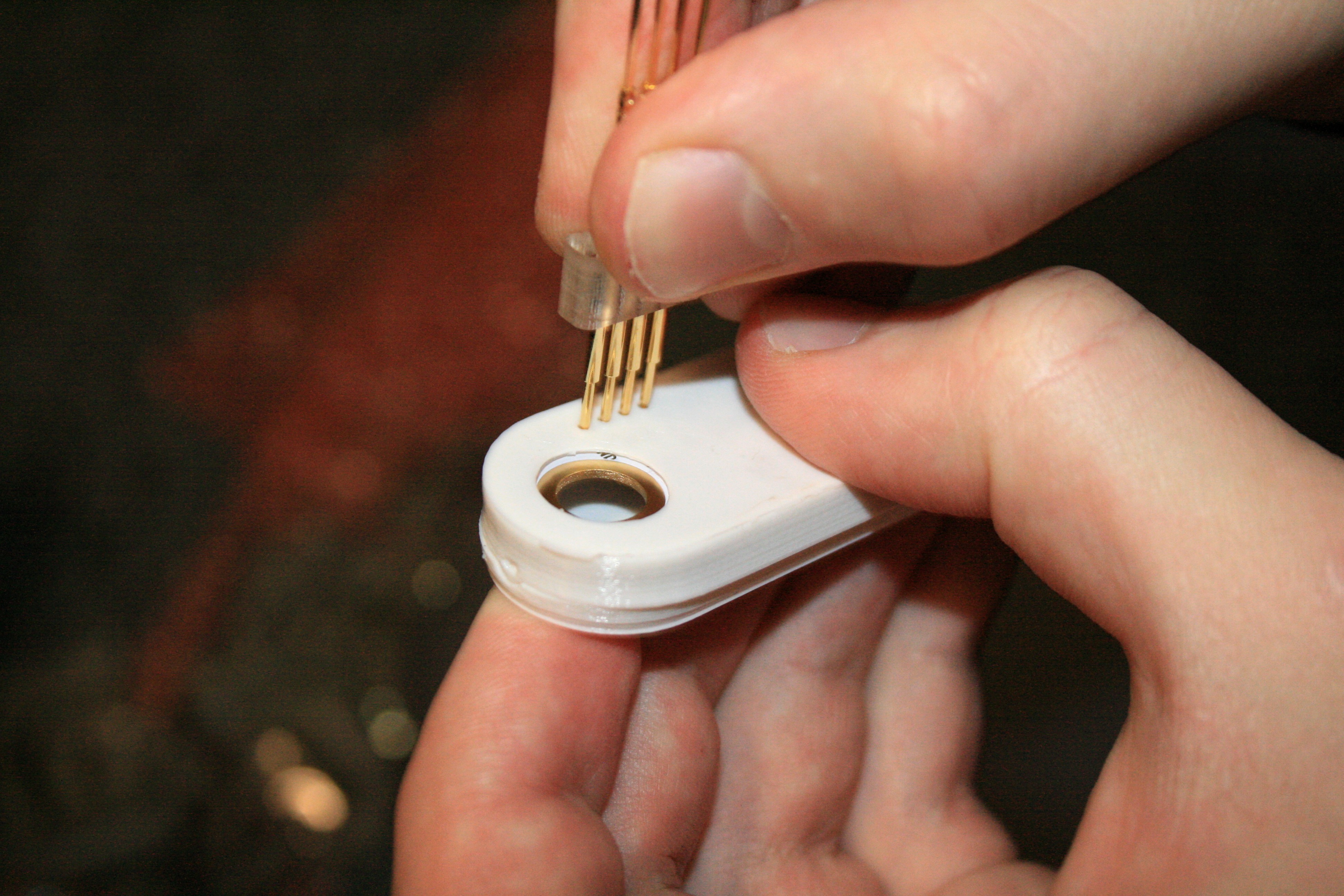
Of course, not everything went perfect, because the signal was really weird - way off the usual even considering that the electrodes were not attached. There was a brief moment of panic as we contemplated everything that could go wrong, but it turned out to be our mistake - a 510k resistor on the analog side ended up being 510R when we filled out the BOM. Soon as we replaced it, the signal went normal again, so that's problem solved - on this board, at least.
After that, we attached the battery and soldered electrode connectors:

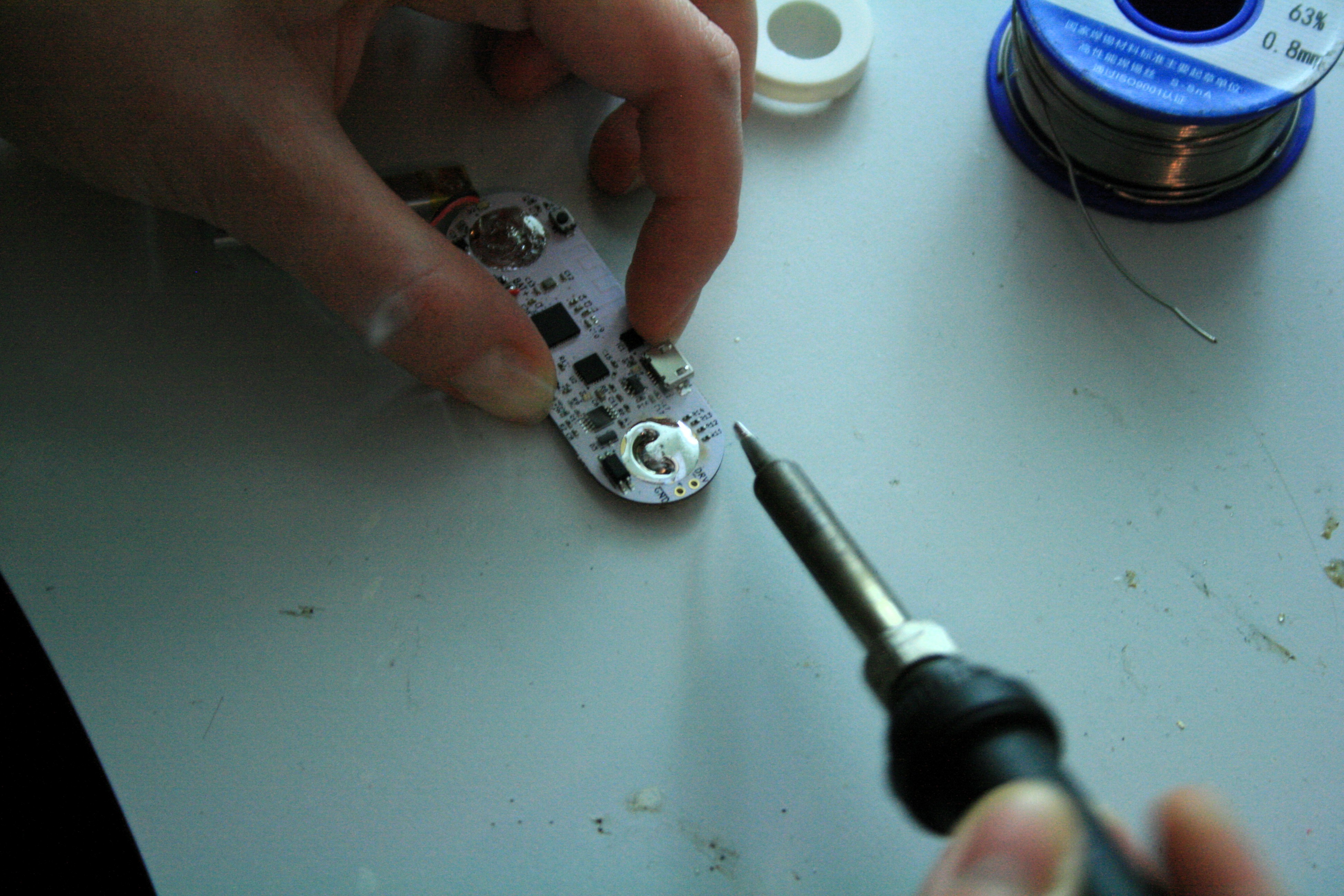
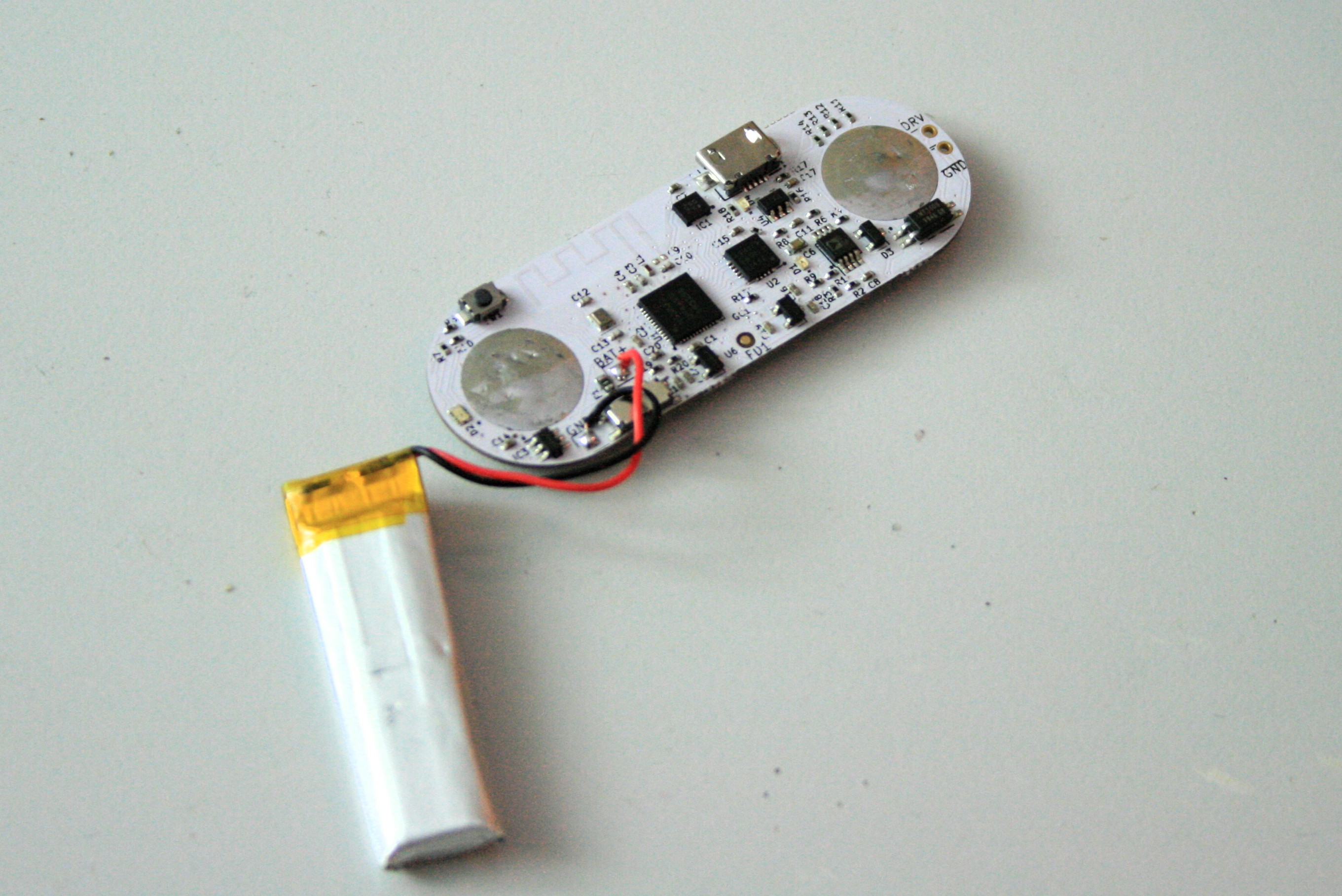
Now, for the other 49 units...
We also tested the base station by soldering the USB connector and plugging it into the laptop, and then seeing if the monitor app worked (it did):
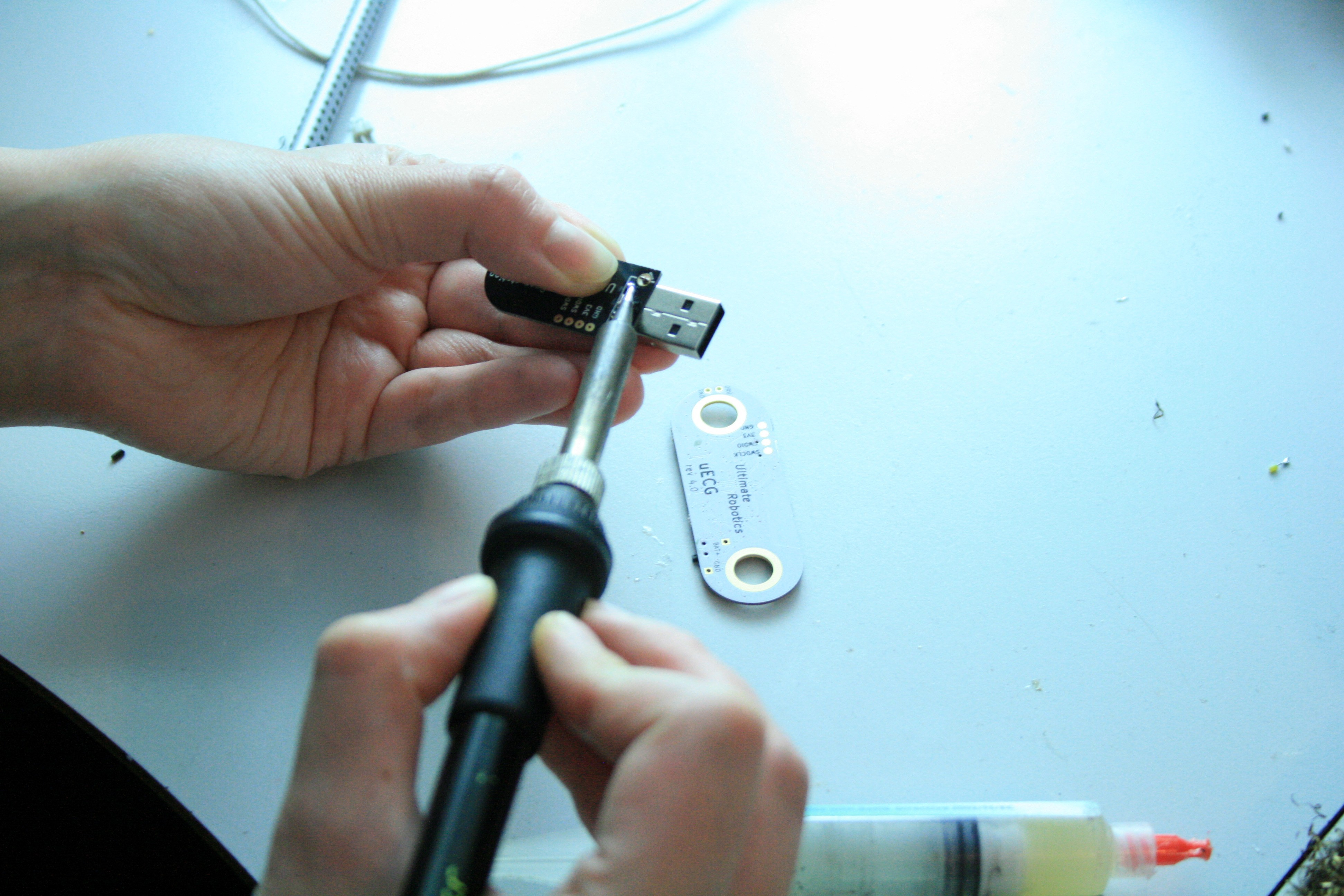
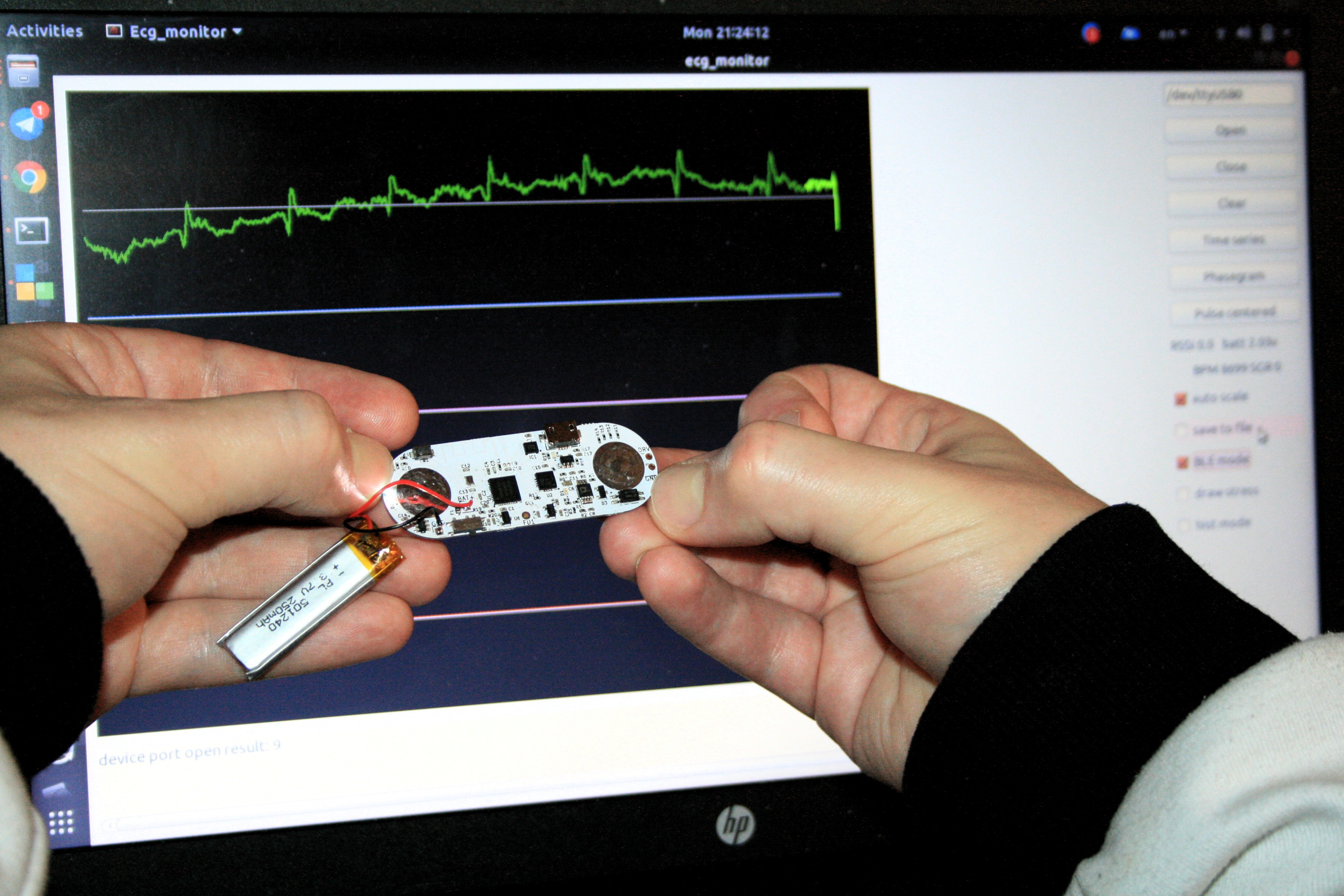
The whole manufacturing process - from the factory quote to new uECGs at our doorstep - took around four weeks, a little more if you count the BOM preparation and changes to the board layout. Now the plan is to solder connectors and batteries to all of the devices, upload firmware, pack them and ship them to Indiegogo backers first before adding the rest to Tindie stock. The packing and shipping part may be harder than it sounds, cause we have yet to laser-cut the cardboard layers to put boards safely for shipping, to order the box sticker prints and then assemble the boxes neatly. That's not counting that we never tried hauling 30 battery-containing boxes with devices to the Ukrainian post office for export.
Eh, better start working on it.
 Lucy Sohryu
Lucy Sohryu
Discussions
Become a Hackaday.io Member
Create an account to leave a comment. Already have an account? Log In.